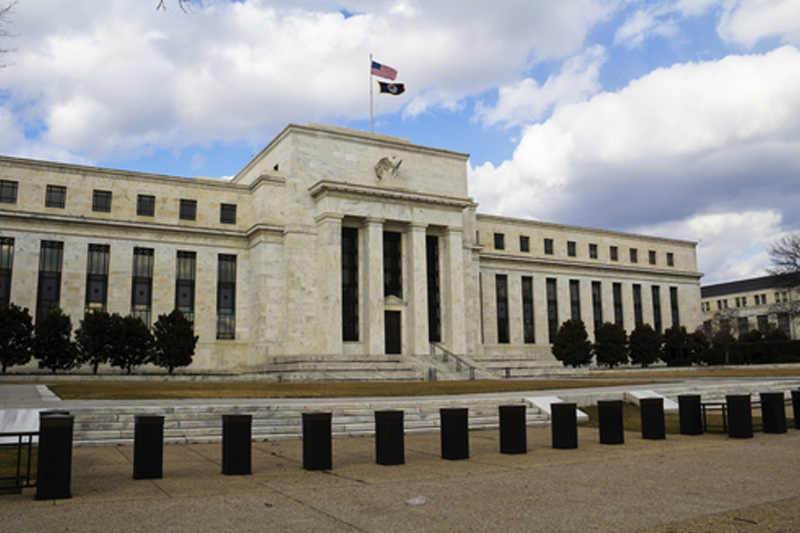Investing.com - The Federal Reserve's highly anticipated two-day policy meeting is set to begin later in the day, amid ongoing uncertainty over the fate of the central bank’s bond-buying program.
The Fed is currently purchasing USD85 billion a month in Treasury holdings and mortgage debt to spur economic activity, a monetary policy tool known as quantitative easing.
The central bank’s Open Market Committee will convene in Washington on Tuesday and Wednesday to conclude its final meeting of the year and the last under the leadership of Chairman Ben Bernanke.
Many market participants expect the central bank to announce plans to taper its stimulus program amid recent signs of improvement in the labor market and last week’s agreement on a two-year U.S. budget deal.
Minutes of the Fed’s October meeting said the central bank could start scaling back its USD85 billion-a-month asset purchase program in the “coming months” if the economy continues to improve as expected.
Some investors believe the U.S. central bank will decide to cut monthly purchases of Treasuries to USD35 billion from USD45 billion and keep mortgage-bond buying at USD40 billion.
Analysts at Societe Generale wrote in a note earlier Tuesday that, "Although we have heavier odds pinned on the tapering being announced in January, we think the economic case has already been made for pulling the trigger."
Fed policymakers will release their updated economic projections at 2 p.m. EST on Wednesday, while Chairman Bernanke will hold his quarterly press conference at 2:30 p.m.
At his final press conference as Fed chair, Bernanke is expected to stress that interest rates will remain low long after the central bank ends its bond-buying program.
Federal Reserve Bank of Richmond President Jeffrey Lacker, who is not a FOMC voting member, said last week he expected tapering to be discussed at this month's meeting. Dallas Fed President Richard Fisher, also a non-voting member, said the central bank should begin cutting its bond buying at the 'earliest opportunity'.
However, St. Louis Fed President James Bullard, who is a voting FOMC member, said tapering should remain dependent on upcoming data especially as inflation remains well below the Fed's 2% target.
The Fed is currently purchasing USD85 billion a month in Treasury holdings and mortgage debt to spur economic activity, a monetary policy tool known as quantitative easing.
The central bank’s Open Market Committee will convene in Washington on Tuesday and Wednesday to conclude its final meeting of the year and the last under the leadership of Chairman Ben Bernanke.
Many market participants expect the central bank to announce plans to taper its stimulus program amid recent signs of improvement in the labor market and last week’s agreement on a two-year U.S. budget deal.
Minutes of the Fed’s October meeting said the central bank could start scaling back its USD85 billion-a-month asset purchase program in the “coming months” if the economy continues to improve as expected.
Some investors believe the U.S. central bank will decide to cut monthly purchases of Treasuries to USD35 billion from USD45 billion and keep mortgage-bond buying at USD40 billion.
Analysts at Societe Generale wrote in a note earlier Tuesday that, "Although we have heavier odds pinned on the tapering being announced in January, we think the economic case has already been made for pulling the trigger."
Fed policymakers will release their updated economic projections at 2 p.m. EST on Wednesday, while Chairman Bernanke will hold his quarterly press conference at 2:30 p.m.
At his final press conference as Fed chair, Bernanke is expected to stress that interest rates will remain low long after the central bank ends its bond-buying program.
Federal Reserve Bank of Richmond President Jeffrey Lacker, who is not a FOMC voting member, said last week he expected tapering to be discussed at this month's meeting. Dallas Fed President Richard Fisher, also a non-voting member, said the central bank should begin cutting its bond buying at the 'earliest opportunity'.
However, St. Louis Fed President James Bullard, who is a voting FOMC member, said tapering should remain dependent on upcoming data especially as inflation remains well below the Fed's 2% target.
